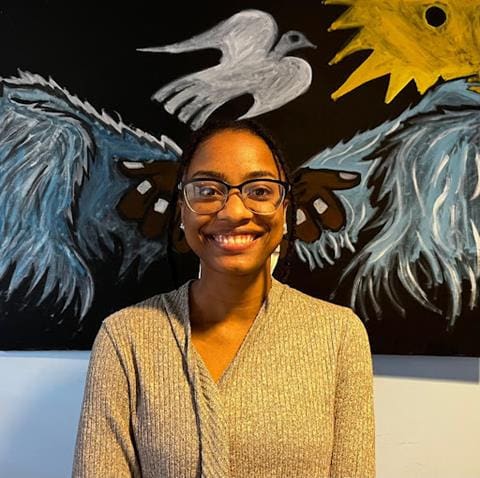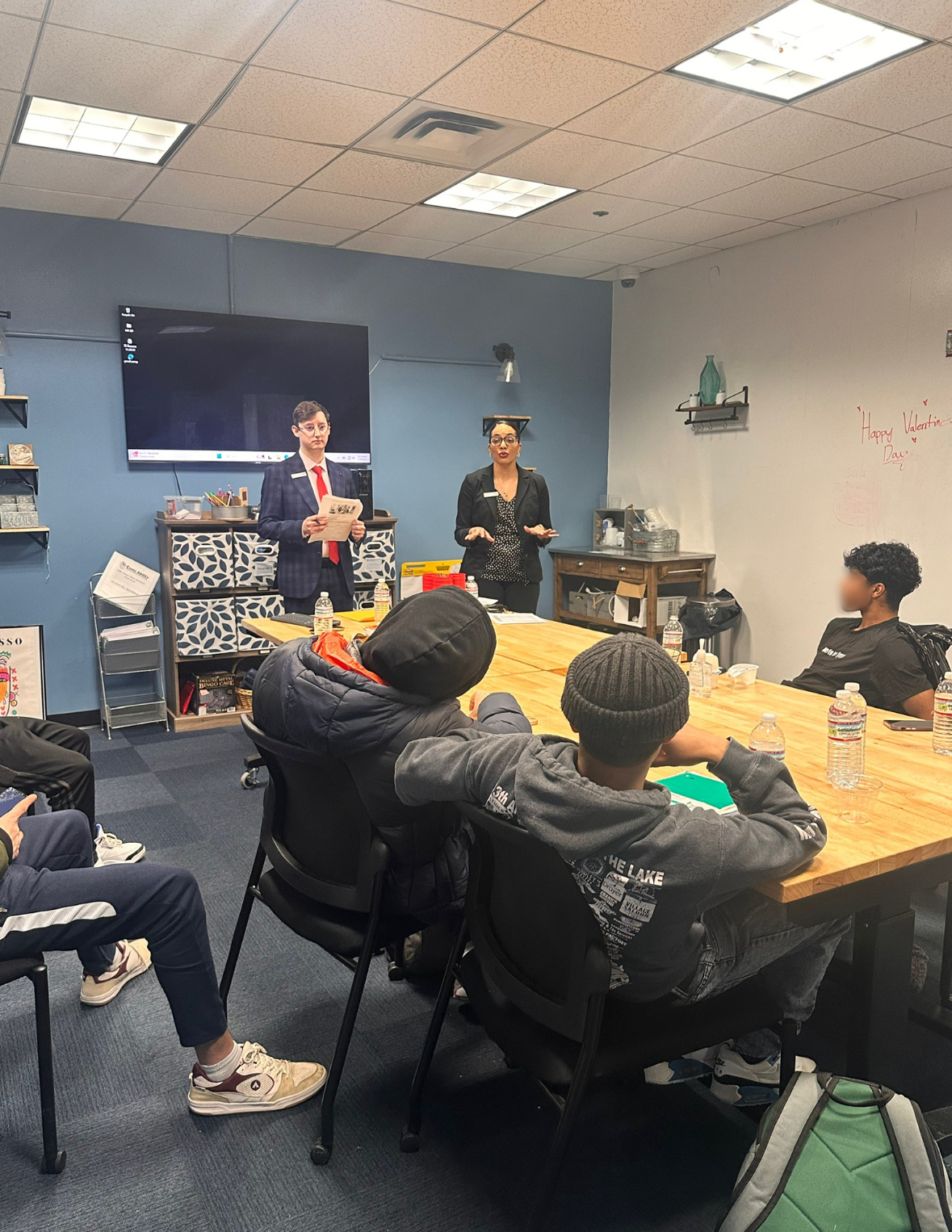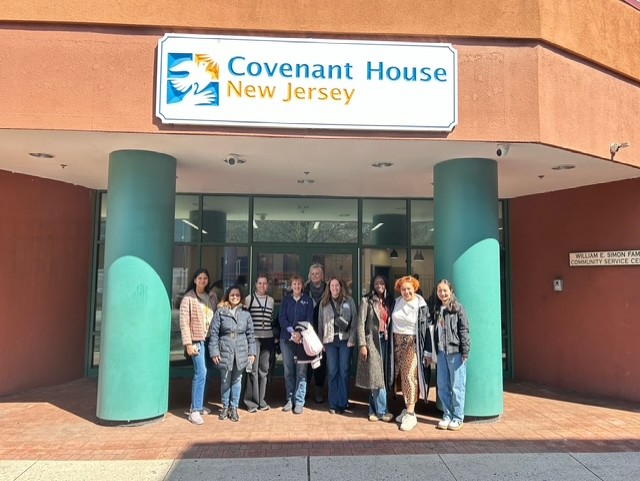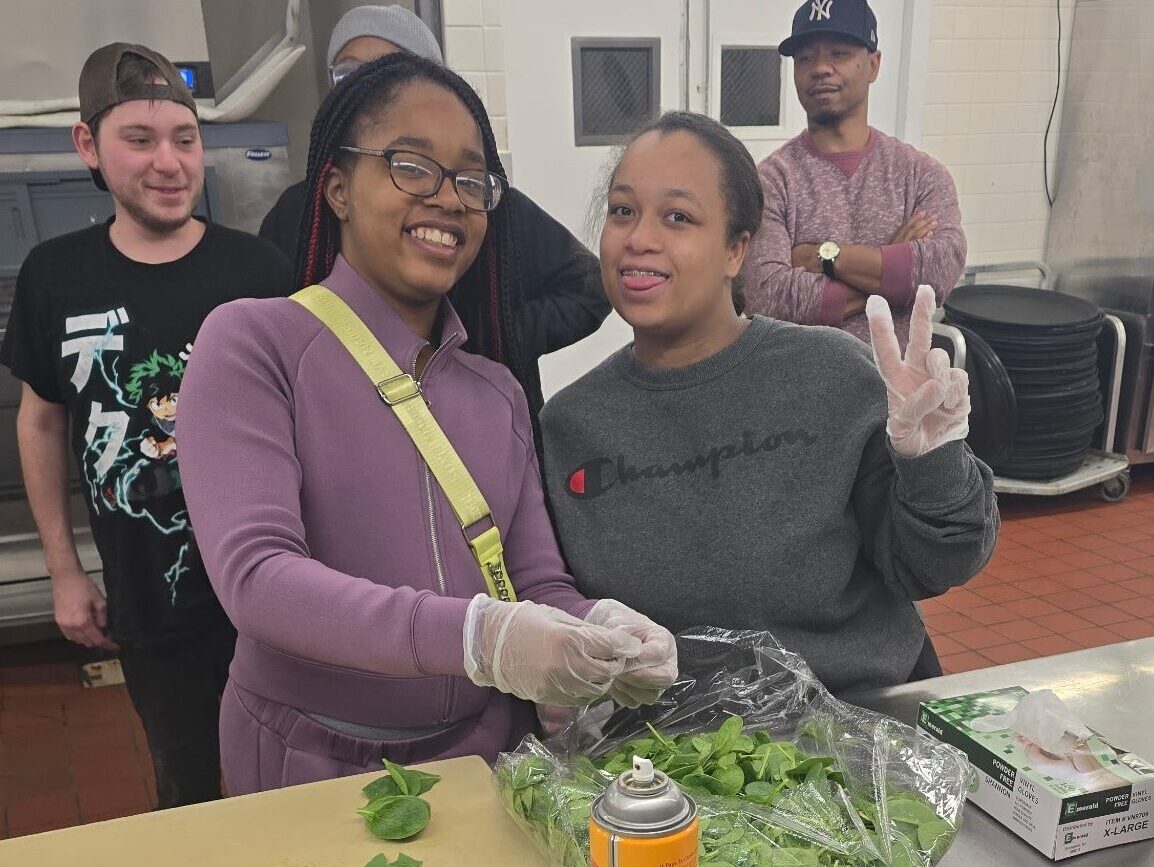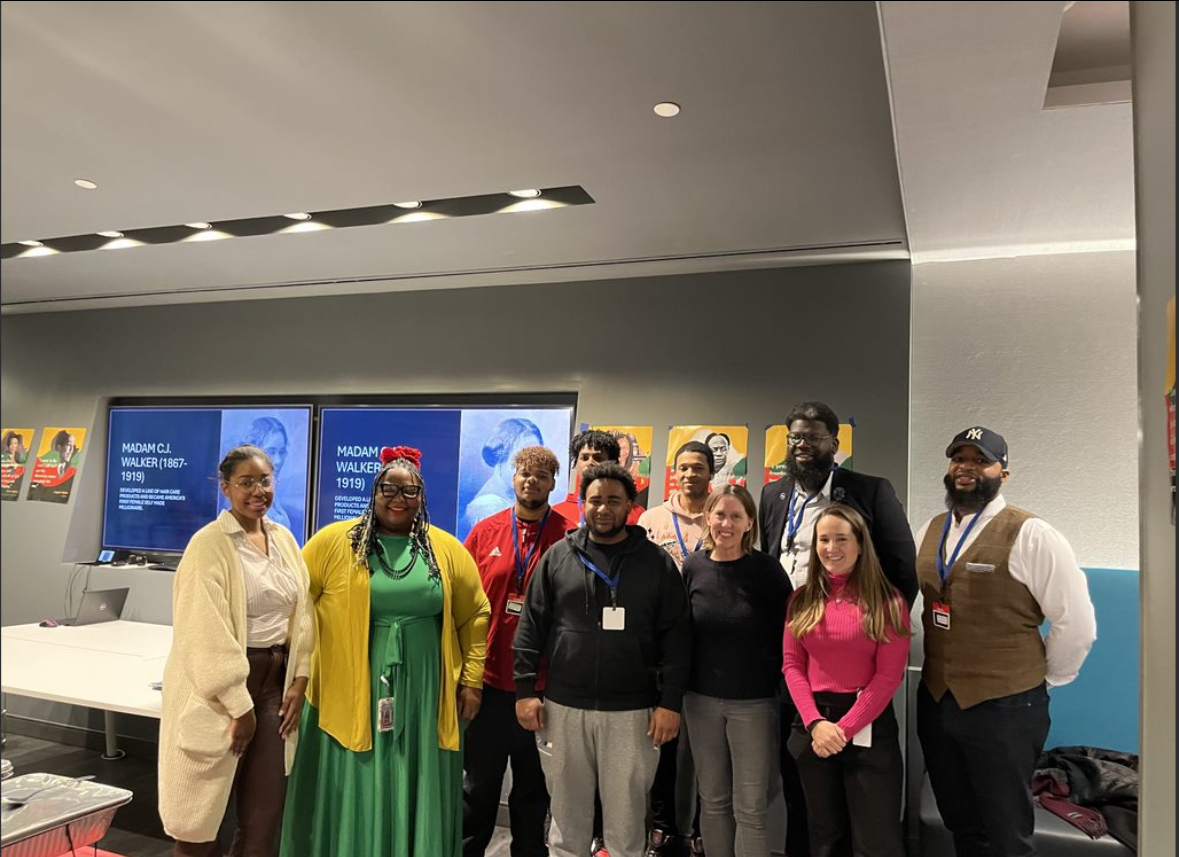Covenant House Action Research Tank – CHART is a relatively new and quickly evolving initiative for Covenant House New Jersey (CHNJ). It helps “chart” a course to safety and stability for youth experiencing homelessness and survivors of human trafficking through services, research, training, and advocacy.
Julia Einbond currently leads our work at CHART. Effective July 1, 2023, she will become the Executive Director of CHNJ. We talked to her about all the work occurring at CHART.
Tell us a bit about your background.

Before CHNJ, I worked as a consultant for various United Nations agencies and international NGOs conducting evaluations on programs on a range of topics, including child protection, gender-based violence, justice, and results-based management. I’m also a licensed lawyer and previously practiced as a plaintiff’s side civil-rights litigator. I am a graduate of Harvard College and NYU School of Law, where I was a Root-Tilden-Kern scholar.
What’s the mission of CHART?
CHART connects research and services to disrupt traditional program models and drive evidence-based practices designed for youth facing homelessness and human trafficking.
Can you tell us about some of the research CHART has done?
CHART’s research on human trafficking experiences among homeless youth led to the creation of the first scientifically validated brief screening tool for human trafficking (Quick Youth Indicators for Trafficking – QYIT) and has been published in peer-reviewed journals. Since CHART’s earliest research contributions in 2017, CHART has emerged as a national leader in domestic labor trafficking experiences and service delivery to labor trafficking survivors. In 2019, Alison Iannarone and I co-authored a textbook chapter on labor trafficking by forced criminality for the first Springer medical textbook on adolescent human trafficking. Kaitlyn Zedalis and I have an article forthcoming on childhood experiences and arrest histories of youth experiencing labor trafficking by forced criminality.

An “action research tank” sounds very theoretical when CHNJ has been very hands-on and practical in providing services to youth facing homlessness. How does CHART bridge the gap between research and services?
There are so many examples from programs designed directly as a result of insights from big data to individuals helped by our frequent deep-dives into learning about hard-to-solve problems. But for today I’ll share one story that motivates me to continue doing this work.
As a result of some of our recent research about the criminalization of trafficking survivors, we learned that early arrests of victims more often than not lead to later arrests, and sometimes to an exponential accumulation of legal charges. Criminal records and open warrants can permanently prevent our clients from pursuing their career dreams and finding affordable housing. Our research shows that the majority of these charges are for non-criminal offenses, or crimes of poverty and homelessness (eg, trespassing, loitering, fare evasion). And, when young people have lawyers to represent them in court, they most often exit court with dismissed or substantially reduced charges and fines.
We realized we still have ongoing relationships with some of our former clients whose records made up the evidence for our research. We let them know we were available to them to fight their charges and clean up their records. The success of the results is already staggering.
A fair amount of CHART’s initial work is being focused on improving the care of victims of human trafficking. Why that initial focus?
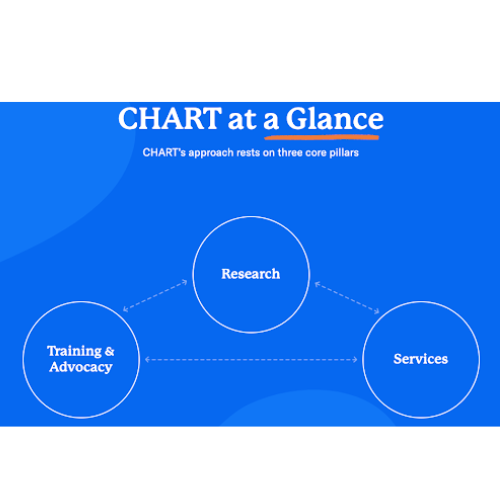
Our first study in 2015 looked at the trafficking experiences of youth facing homelessness at the request of Covenant House International, which was conducting similar studies throughout the Covenant House community. Our research stood out as uniquely successful in validating QYIT, a screening tool needed by community-based organizations hoping to identify trafficking survivors among their populations but un-equipped to know how to begin. The QYIT research elevated CHART as an expert in the anti-human trafficking field, and many of our subsequent research projects came at the direct request of partners and funders.
Does that focus extend beyond New Jersey?
CHART has been a regular consultant for the National Human Trafficking Training and Technical Assistance Center (NHTTAC) providing expertise to federal agencies, task forces, and peer organizations on screening, housing, trauma-informed care, and case management for individuals who have experienced trafficking.
So CHART’s work with survivors of human trafficking is having an impact across North America. What types of organizations are seeking our help and how are you providing it to them?
We are working closely with federal and state government agencies seeking to elevate evidence-based practices for human trafficking victim and survivor identification and services throughout the US. Often hired as an expert consultant, CHART has provided long-term advice and coaching to Covenant Houses throughout the US, Canada, and Latin America; and peer community-based organizations in Massachusetts, Florida, and New Mexico. As we look toward 2023, we will be scaling up our existing training and advice relationship with RWJBarnabas Health and will continue to dialog with law enforcement agencies across all 21 counties in NJ.
How is CHART helping youth facing homlessness who haven’t been victims of trafficking?
CHART is reaching out in new and innovative ways to young people who may be facing homelessness and/or human trafficking who don’t yet know about Covenant House’s transformative services. We’re communicating directly with potential clients through chats directly from our Salesforce platform to their cell phones. We’re building direct relationships with referring agencies, and contacting our partners regularly using our newly redesigned, cloud-based kNOT (Neighborhood Outreach Team). And, we are using our niche expertise in research and evaluation to reach more broadly into prevention and outreach work through consulting projects, including a McKinney-Vento Needs Assessment of homeless services for students in a selection of northern NJ counties.
What do you love the most about CHART?
Our action tank approach gives me the opportunity to do the most challenging work of my career, to disrupt and respond to the persistence of homelessness and human trafficking experienced by young people, and what greater joy is there than to do this work with the greatest minds in the business. I don’t do any of this work alone, and I could sing the praises of our CHART team for days. They do their work with passion and an urgency to solve problems, with no problem too big or too small. But instead I’ll invite you to see one of them speak or learn about their work on our website. You won’t be disappointed.
If you have questions regarding CHART, please contact us at chart@covenanthouse.org or you can view more about our work here.
